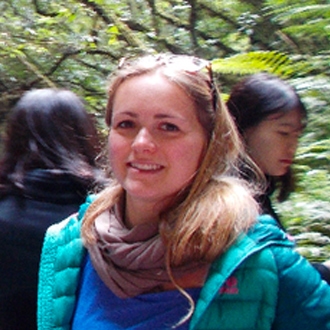About
I am a glaciologist and geophysicist working as an IMPACT Research Fellow in the geography department at the University Swansea. I am holding a PhD in Physical Geography (Swansea University, 2022), a MSc in Geoscience (University of Bremen, 2017) and a BSc in Geoscience (Goethe University Frankfurt, 2014).
My current research focuses on bed properties and topography beneath ice streams and their interplay with ice dynamics. I use different geophysical techniques, but mostly focussing on radar and seismics to map subglacial bedforms under modern ice streams in West Antarctica. I am trying to understand the processes and conditions under which subglacial bedforms form and how we can use this information to better feed numerical models of ice dynamics.

